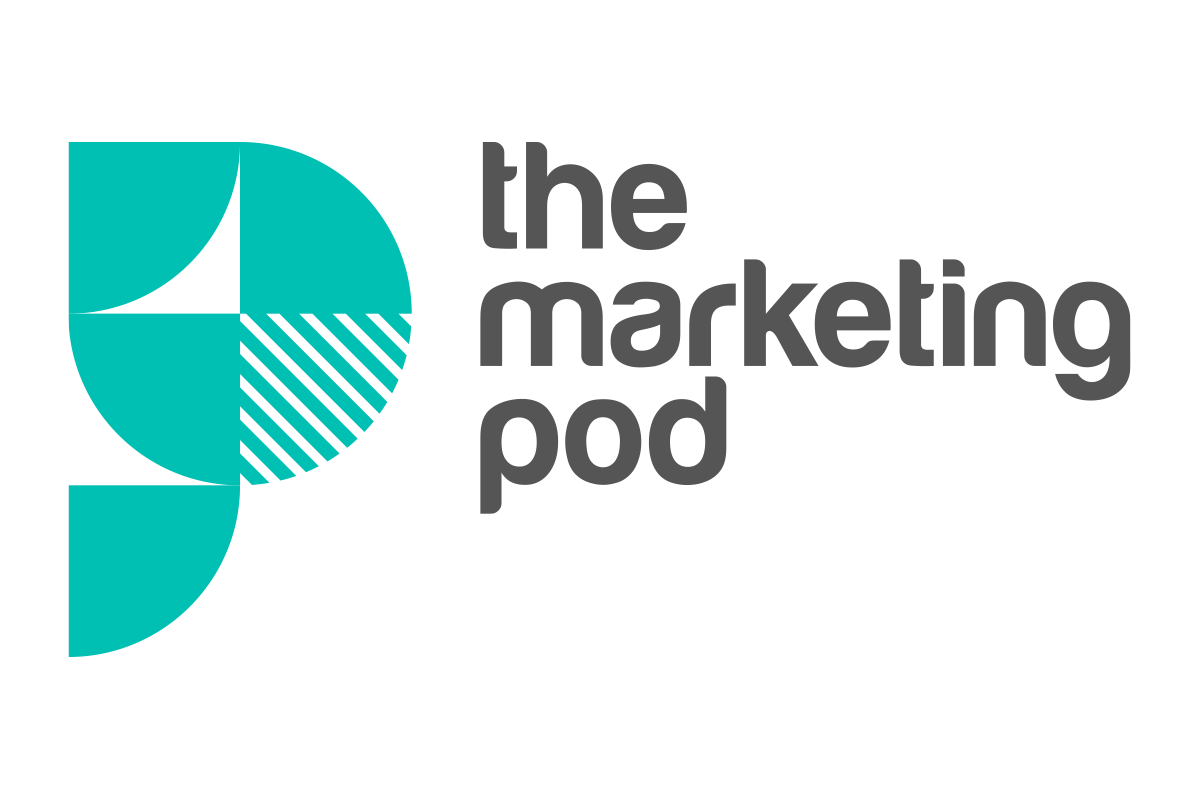A constant presence: mastering always-on marketing for lasting success
We’ve all been there. You walk into a crowded room, introduce yourself to someone and… poof. The next time you see them, they’ve forgotten your name and everything you’ve just told them. That’s also the danger of one-off marketing tactics, so what can B2B brands do to stay relevant in their audience’s minds? The answer lies in always-on marketing.
Always-on marketing, also referred to as brand awareness, is a strategic approach that involves continuous marketing activities. These are constantly active throughout a set period of time, as opposed to short-term campaigns which risk going cold quickly. In other words, always-on marketing keeps your name on potential clients’ minds without being pushy. In this way, it allows B2B brands to foster a consistent brand presence, nurture relationships with existing customers, attract potential leads, and solidify brand recognition in the marketplace.
This consistent approach builds trust and brand recognition, and (fingers crossed) contributes to making you the go-to company when your prospects are finally ready to pick up the phone. That’s why, as a general rule of thumb, 60% of marketing should be on brand awareness, with 40% on lead generation. (1)
We know what you’re thinking – you’ve made it sound too easy, what’s the catch? The answer is that it must be done properly to work or Google will relegate it quickly and no one will ever see it, the web giant isn’t exactly standing around twiddling its thumbs and waiting for advertisers. With plenty of ads out there, yours needs to stand out. But don’t worry: always-on marketing may be sink or swim, but it doesn’t need to be scary.
Why does always-on marketing exist?
Statistically, according to Hubspot, (2) B2B firms need at least eight touchpoints with potential customers before a decision is made. This refers to the number of times you reach out to a prospect, with response rates rising with each attempt. This may sound like a lot of work for something which might ultimately fail. But always-on enables us to work smarter, not harder, with drip-fed campaigns. Always-on campaigns are often automated, so once they are set up, they require fewer interventions when compared to tactical campaigns. This also allows often-stretched marketing teams to focus on lead-generation efforts.
As the saying goes, living in someone’s head is rent free, and because always-on brand awareness campaigns focus on association and memory, you are more likely to experience an increased return on investment (ROI). Studies show 96% of visitors who come to your website for the first time are not ready to buy, (3) so tactical campaigns risk becoming redundant. However, increasing brand memory for when that person is ready to make a decision is really effective.
There is certainly a time and place for tactical campaigns, and we all know they can work extremely well. But we can’t solely rely on them. There are too many variables in the fast-paced digital space: people scroll fast, work with multiple screens, and it’s just too easy to miss one ad on one platform. Maybe your client’s cat decides to jump on them at the pivotal moment… and your ad is missed! It’s the same battle when it comes to clients’ email inbox – you’re likely to land among so many messages that staying relevant and aligning with the competition becomes the be all and end all. But where a lead generation ad may be missed, your brand awareness campaign won’t.
How to make it work for you
Plan. Focus. Don’t waste a single word or space. Successful brand awareness campaigns are implemented with strategic goals in mind. For example, if you want your brand to be associated with sustainability, use an omnichannel approach with a consistent message tweaked and optimised for every channel.
PPC is one the most commonly used strategies because it can reach a huge amount of people and can help increase traffic to your website. However, it is important to use multiple channels due to the existence of various barriers of entry. For instance, 42.7% of internet users use ad blockers (3), so you won’t be able to reach those users with paid advertising. Alternative options to consider include electronic direct emails (EDMs) and organic social posts.
Your business’s website is also key. Focus on SEO to drive traffic to the website, and don’t forget to curate every step of the user experience. For example, banners (often the first thing people see) or hero images (often the first thing that truly intrigues them) can showcase the brand and be used for a specific goal – such as persuading the user to opt into communications. In this way, new users can receive nurture emails to introduce them to the brand, or subscribe to a monthly newsletter with industry news and updates.
Making brand awareness a priority is crucial for long-term success. While focusing solely on lead generation might be tempting, investing in brand recognition upfront will ensure your business stays in people’s minds long after they’ve been exposed to it.
Would you like to know more about what an always-on campaign can do for your digital marketing success? Get in touch with our Podsters today.
Sources:
1. https://business.linkedin.com/marketing-solutions/content-marketing/b2b-trends/the-war-on-brand
3. Marketo, 2023
4. DMI, 2024

